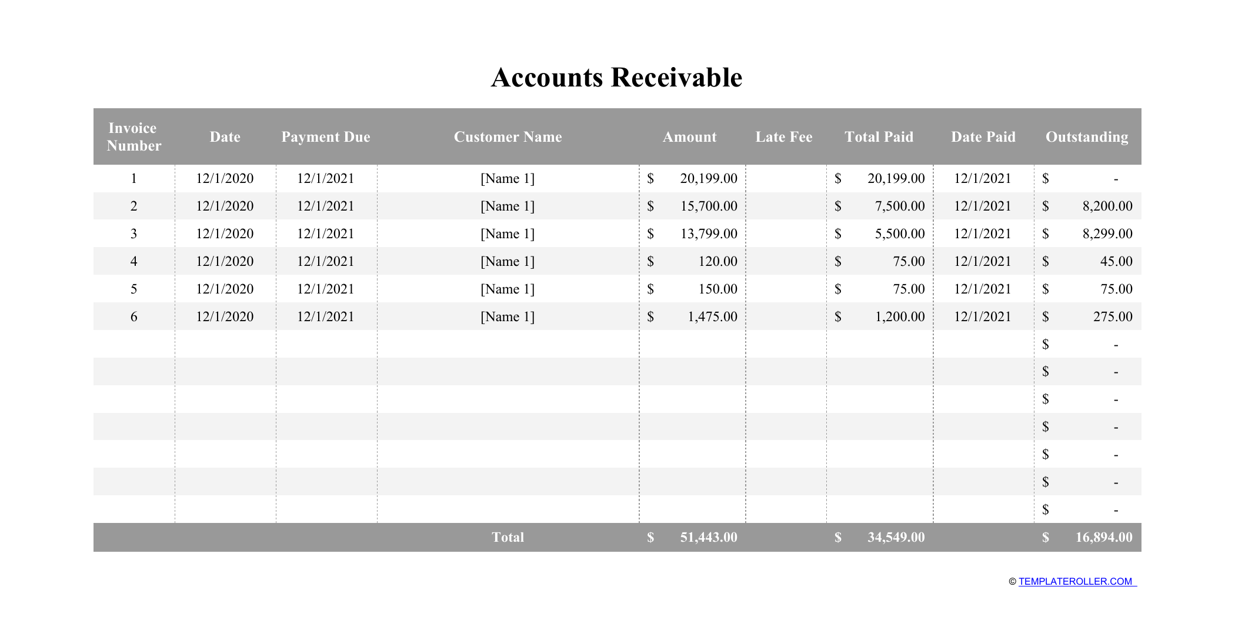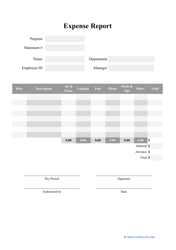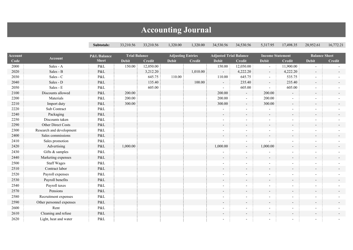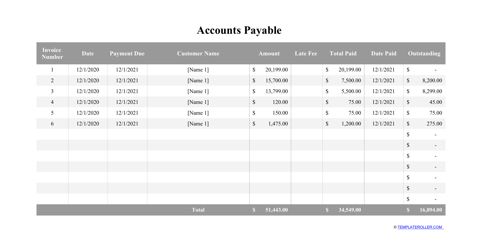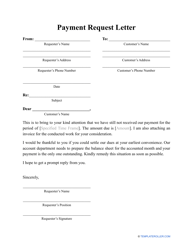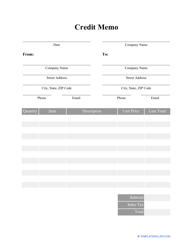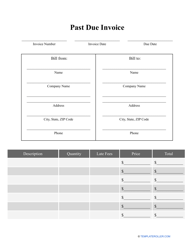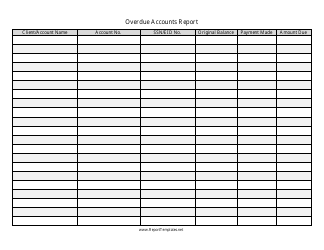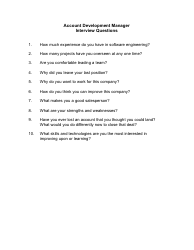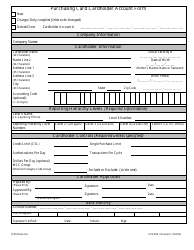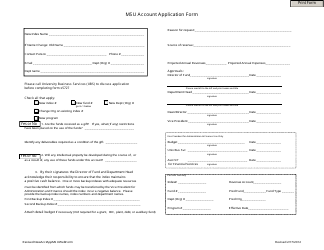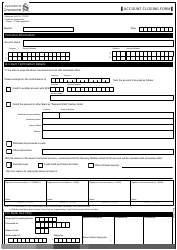Accounts Receivable Template
What Is Accounts Receivable?
Accounts Receivable represent money the company is going to receive from its customers and partners. These current, or short-term, assets are created when a business allows another party to purchase goods and services on credit. They help to build up the financial fundamentals of the company - short-term assets demonstrate the ability of the business to handle its obligations without resorting to extra cash flows. You can utilize Accounts Receivable to see how effectively your organization collects the credit provided to other companies and individuals.
Maintain Accounts Receivable if you decide it is easier to make sales on credit rather than request full payments immediately. In many instances, customers do not have money at their disposal, yet they desperately need to purchase goods and services from you. You can offer them credit for their convenience - besides, it will widen your client reach. Still, you have to monitor every transaction so that your cash flow is not affected for months and years to come.
An Accounts Receivable template available in Excel can be downloaded through the link below.
What Is the Difference Between Accounts Receivable and Accounts Payable?
A related accounting tool - Accounts Payable - represents the liabilities of the business. It refers to all money your company owes to its creditors, vendors, and clients. Unlike Accounts Receivable, which means potential assets, Accounts Payable mean short-term obligations you need to deal with as quickly as possible to avoid penalties and late fees. To ensure the prosperity of your business, you need to take care of your debts and at the same time do not forget about funds that will be sent to you by other organizations and people. Monitor both Accounts Payable and Accounts Receivable to upgrade the management of your finances and aim for healthier business relations.
How to Calculate Accounts Receivable?
This is how you compute Accounts Receivable:
- Find out the average amount of Accounts Receivable: add their value at the beginning of the accounting period and at its end, then divide the result by two;
- Divide the total value of credit sales by the result you have after the first calculation.
For example, an organization has a beginning Accounts Receivable of $100,000 and a final Accounts Receivable of $250,000. The average amount of Accounts Receivable is $175,000. The total credit sales of the company amount to $2,100,000. Divide this number by the average Accounts Receivable and you get 12 which means your organization's Net Accounts Receivable turned over 12 times during the accounting period. The lower your final result is, the faster your clients and counterparts are paying you.
What is Accounts Receivable Turnover?
Accounts Receivable Turnover means the number of times your business collects money from its debtors within a reporting year. It evaluates the ability of any organization to keep issuing credit to its clients and partners without negative consequences for its financial health. It is possible to figure out the strength of the company's Accounts Receivable with the help of the Accounts Receivable turnover ratio. Complete the ratio analysis using the formula above to find out how often you collect due funds. You can improve the turnover once you notice the decrease in cash flow:
- Compose invoices in a timely manner. These invoices must be detailed and precise so that your debtors are better prepared to pay the bills. If you bill them often, you can collect Accounts Receivable quicker. Additionally, you can offer the other party the possibility to pay smaller bills within several weeks or months instead of making them send you one large payment.
- As soon as you finalize the transaction, you need to generate an Accounts Receivable journal entry. Write down the name of the person or entity that owes you money, state the amount they owe, and the date of payment. You can also add the contact details of your debtor, especially if you have dozens of entries in your records - this way you can always get in touch with them and politely remind them the payment is due before the deadline comes.
- Build rapport with your clients and partners - a solid professional relationship based on respect and fondness will likely prevent outstanding payments plus you can always contact the other party via a phone call or email to ask them about the upcoming payment.
- Indicate clear terms of payment on your invoices. You need to point out that you are expecting payment within a week or month. Do not be hesitant to add penalties for late payments.
- Consider using online systems of payment. It is all right if your company still handles checks, money orders, and cash, but to simplify payments for your customers and streamline all transactions, it is recommended to set up a system that allows them to pay their bills in several clicks online.
Still looking for a particular template? Take a look at the related templates below:
